The Ministry of Education and Training has just announced a draft Circular regulating the transparency in the activities of educational institutions in the national education system, replacing Circular 36/2017/TT-BGDDT. Regarding this issue, Mr. Huynh Van Chuong, Director of the Department of Quality Management (Ministry of Education and Training) shared with the press about the new points of this draft.
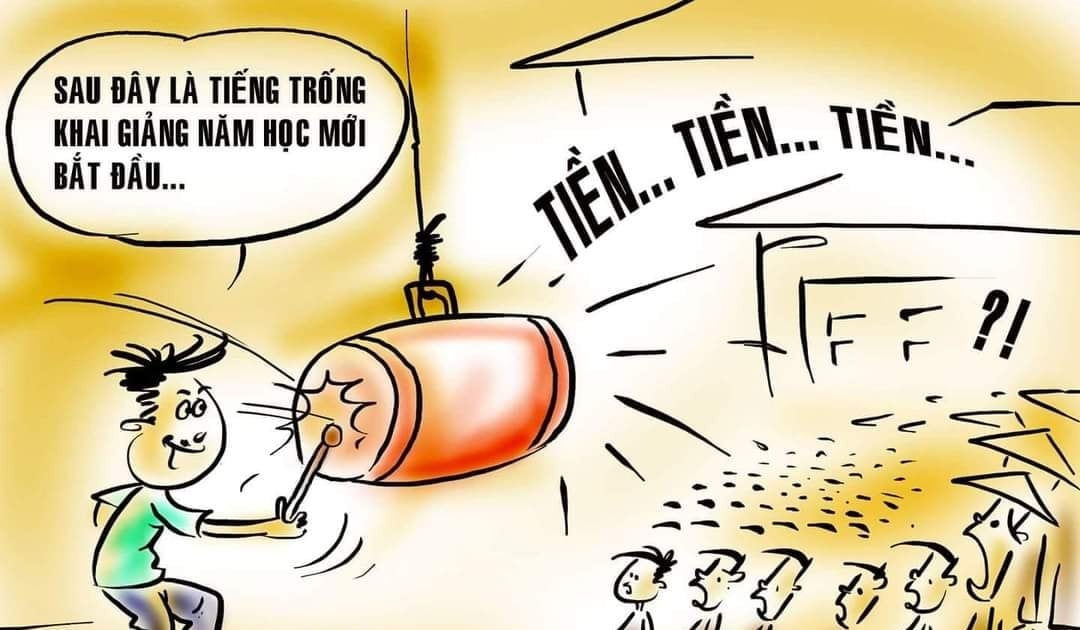
Transparency in education is still very ambiguous, especially in revenue and expenditure (illustrative photo - internet source).
Sir, the Ministry of Education and Training has announced a draft Circular regulating the transparency in the activities of educational institutions in the national education system, replacing Circular 36/2017/TT-BGDDT. So, can you tell us what the core provisions of this draft are?
Mr. Huynh Van Chuong: - The public content stipulated in the Draft Circular is comprehensive (mainly based on the concretization of the provisions of the 2019 Education Law, the Law on Higher Education (amended and supplemented in 2018) and current regulations of the Government and the Ministry of Education and Training detailing and guiding the implementation of a number of articles of the Law amending and supplementing a number of articles of the Education Law and the Law on Higher Education.
The principle of publicity must ensure compliance with the provisions of this Circular when issued and the provisions of relevant laws. Public information must be complete, accurate, reliable, up-to-date, easy to understand, easy to access, timely, and consistent with updated information in the industry database.
Public content is scientifically arranged by topic, updated throughout the year; convenient for accessing and using information;
Comply with relevant legal regulations and the structure and format of the educational institution's website for the purpose of transparency in quality commitments and quality assurance conditions;
Financial revenues and expenditures at educational institutions and other relevant information of educational institutions so that cadres, lecturers, teachers, workers, learners, families and society know and participate in monitoring the activities of educational institutions.
At the same time, it is one of the bases for state management agencies to inspect and examine the implementation of responsibilities and accountability of educational institutions.
Previously, the Ministry of Education and Training had issued a Regulation on public implementation for educational and training institutions in the national education system (Circular No. 36/2017/TT-BGDDT), so why is it necessary to issue a new circular to replace it? Compared to Circular No. 36/2017/TT-BGDDT, what is new in this draft circular?
- Circular No. 36/2017/TT-BGDDT dated December 28, 2017 of the Minister of Education and Training promulgating the Regulation on public implementation for educational and training institutions in the national education system (hereinafter referred to as Circular 36) was issued in 2017. Up to now, many legal documents (QPPL documents) used as the basis for promulgating Circular 36 have been replaced by new QPPL documents.
From 2017 to present, the Government, the Minister of Education and Training and relevant ministries and branches (Ministry of Finance, Ministry of Home Affairs) have issued many decrees and circulars, including many detailed regulations on the disclosure of educational institutions, especially universities;
In addition to public disclosure, information related to public disclosure content must also be updated on the industry database.
The responsibility of transparency and information disclosure of educational institutions is associated with accountability to society in the context of changing the state management mechanism from centralized administration to decentralization focusing on the process and quality of education and training.
In fact, due to many new regulations on content, method, and time of disclosure in the above documents, some related contents in Circular 36 have been replaced, making this Circular no longer maintain its overall nature.
In addition, many public contents are also associated with updating data on industry databases, ensuring information confidentiality and state secrets protection according to current regulations of law.
Therefore, with 21 forms issued with Circular 36 detailing the contents that educational institutions need to publicize, many contents may overlap, not ensuring consistency with the requirements stipulated in other legal documents, no longer consistent with current regulations on enrollment; opening majors; ensuring and inspecting educational quality; publicizing finances, organizational structure, and apparatus for public service units and private educational institutions, causing some difficulties for educational institutions in implementation.
The new Draft Circular is restructured to minimize the number of mandatory forms that educational institutions must declare (from 21 appendices to 02 appendices in the Draft).
To avoid overlap in the implementation of public disclosure by educational institutions, since basic public information as prescribed is updated on the industry database, the Draft only stipulates the content, method, time of public disclosure and principles of public disclosure so that educational institutions can proactively build information by topic compatible with the structure of the educational institution's website.
Regarding the form and time of disclosure, the Draft Circular has removed the regulation that educational institutions must publicly post the content at the educational institution (except for preschools that do not have an electronic information portal), but instead fully publicly disclose the content as prescribed in this Circular on the electronic information portal of the educational institution.
In addition, the Draft also stipulates more specifically that the public disclosure period on the electronic information portal of educational institutions must be at least 5 consecutive years from the date of public announcement.
The minimum period of public posting at the educational institution is 90 days and after posting, the public content must be retained to ensure access to information for at least 5 years from the date of public posting.
To reduce cumbersome reporting procedures and enhance transparency, autonomy, self-responsibility, and self-accountability of educational institutions and local educational management agencies, this Draft removes the requirement that educational institutions must report the results of implementing the public regulations of the previous school year and the plan to implement the public regulations of the upcoming school year to the competent authority.
Local state management agencies for education and educational institutions are only required to report on public disclosure when requested in writing by competent state management agencies as prescribed by law. The Ministry of Education and Training, Departments of Education and Training and other competent state management agencies will strengthen direction, guidance, inspection, supervision and handling of violations as prescribed by law.
Another new point of the Draft Circular is the addition of regulations on the content of the Annual Report. The Annual Report is not a summary of the public information of the Circular but is one of the public forms showing a panoramic picture of the performance of the educational institution in each year.
Through the public data in the Annual Report, valuable information is available for comparison from year to year so that society can see the development and trends of educational institutions.
Do you think that when the draft is passed and comes into effect, it will contribute/have an impact on preventing overcharging in schools, and more broadly, preventing and fighting corruption?
- The fight against overcharging in schools, and more broadly, the fight against corruption, is regulated by many relevant legal documents, in which this Circular (if issued) is an important basis for officials, lecturers, teachers, workers, learners, families and society to know and participate in monitoring the activities of educational institutions, and is also one of the bases for state management agencies to inspect and examine the implementation of responsibilities and accountability of educational institutions.
Thereby, the issuance of this Circular will contribute/impact on the publicity and transparency of legal revenues and expenditures in educational institutions.
Source




































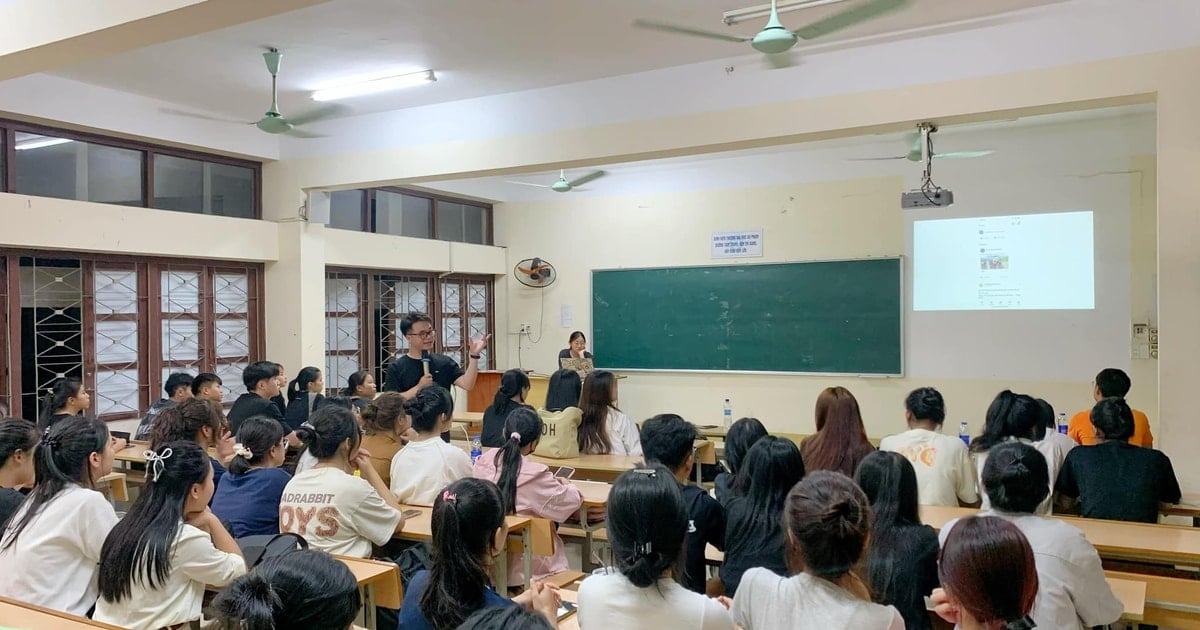

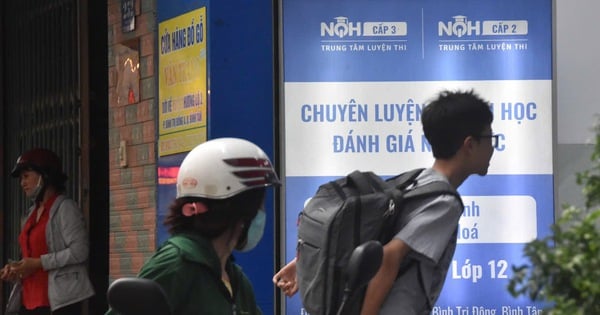



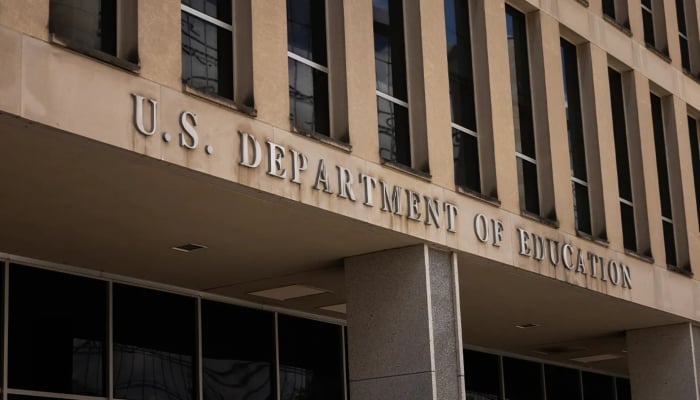




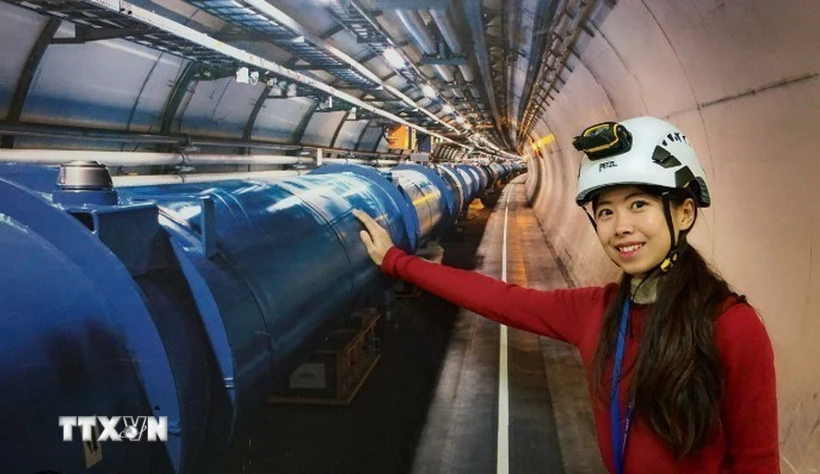













Comment (0)